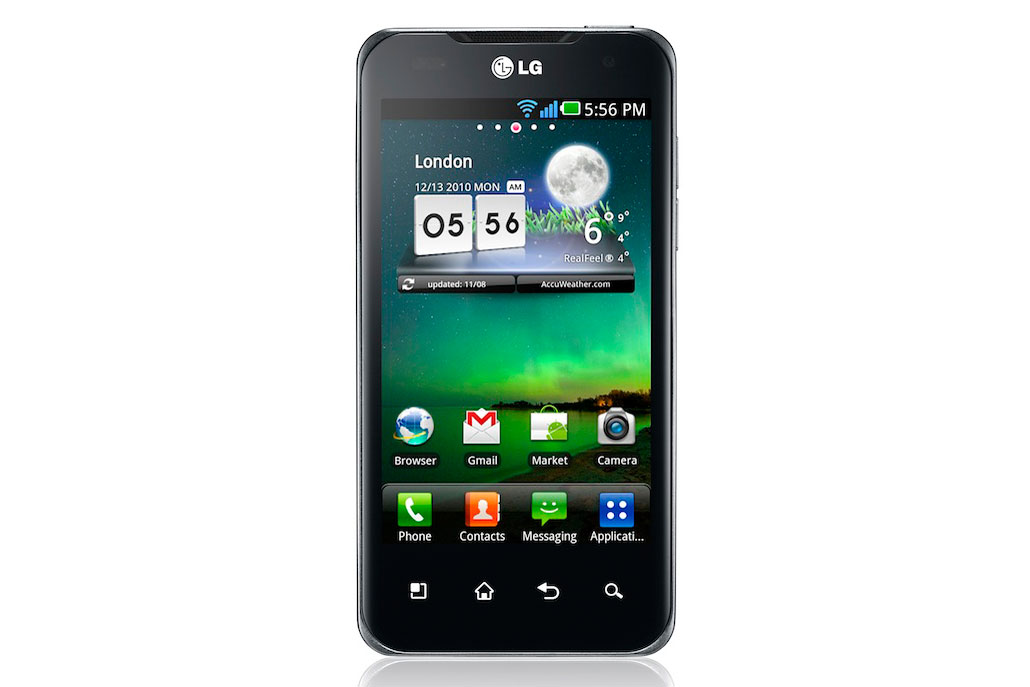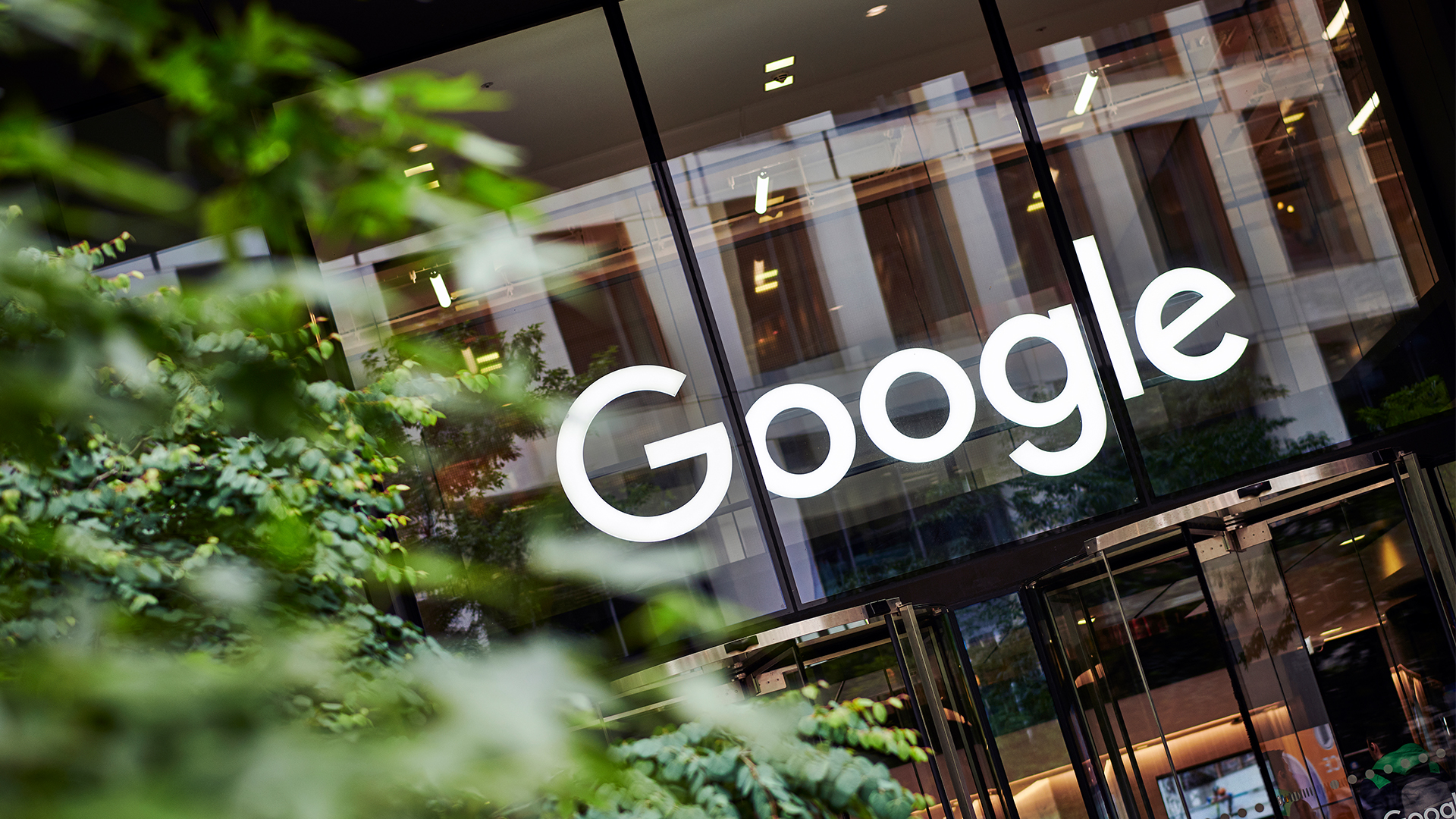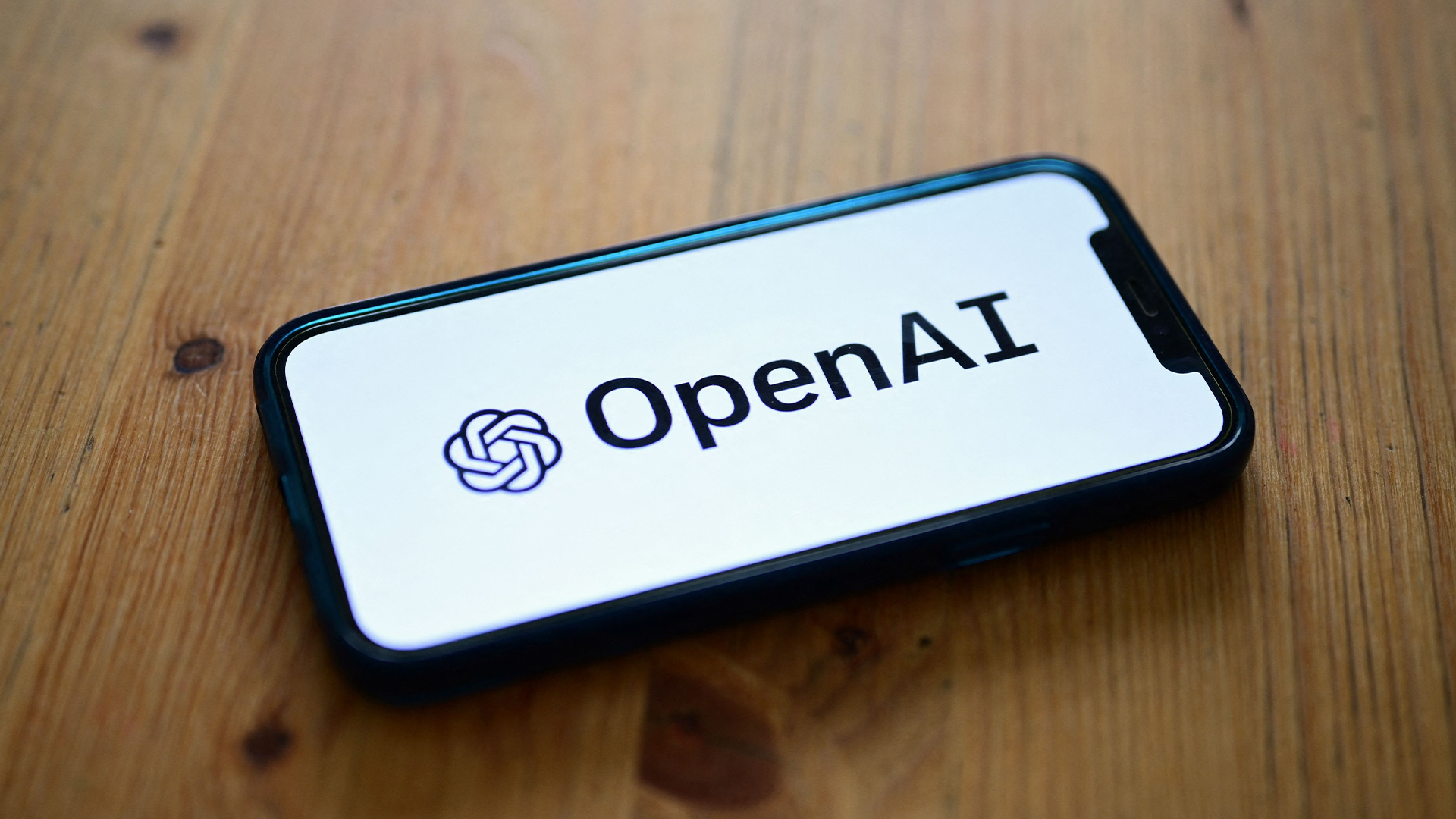LG Optimus 2X review
Another day, another dual-core smartphone, this time from LG. Julian Prokaza puts it through its Android paces.
Although not quite as slick or stylish as the dual-core competition, the Optimus 2X is still an extremely capable Android smartphone. So, as long as LG updates the OS as promised, it’s a budget, if less desirable, alternative to the mighty Samsung Galaxy S II.
LG is the latest manufacturer to jump on the dual-core bandwagon for its latest smartphone and its new Optimus 2X uses a processor based the same dual-core ARM Cortex A9 design used in the incredible Samsung Galaxy S II.
Respectable specification aside though, it isn't the most striking handset we've ever clapped eyes on and the squared-off design is rather anonymous. That said, it feels solid enough, with a rubberised plastic back and a frameless Corning Gorilla glass screen, but we're not keen on the bulge that surrounds the digital camera lens and LED flash. This doesn't get in the way when the Optimus 2X is being held, but it puts the smartphone at an uneven angle when it's sat on a desktop in landscape orientation.

The only physical buttons are those for power and volume, with the remaining controls for Android taking the form of the usual four backlit touch-sensitive spots below the screen. Battery charging and connectivity comes courtesy of a Micro USB port at the bottom of the case, while on the top there's a micro HDMI-out, with a long cable included in the box.
The IPS LCD technology used by LG also gives a knockout image with a very wide viewing angle.
After seeing smartphones with rear-facing speakers that get muffled all too easily, we're also happy to see that the Optimus 2X's sits on its bottom edge for clear audio, whatever the smartphone's orientation.
The LG Optimus 2X's 4in screen is a little smaller than that on the Samsung Galaxy S II and HTC Sensation, but the loss of 0.3 inches makes little practical difference and the 480 x 800 resolution keeps everything crisp. The IPS LCD technology used by LG also gives a knockout image with a very wide viewing angle, but the dazzling brilliance is rather tiring in dimmer environments not least since there was no option to activate the automatic brightness control in Android's settings and the manual brightness slider was disabled. Adding the Power Control' widget to the Android Home screen does partially remedy this, since it offers quick access to the Auto' screen brightness setting, but LG did explain that our review unit was running non-final software.
Hopefully this glitch will hopefully be addressed shortly, perhaps by the upgrade to Android 2.3 Gingerbread' that's expected by the end of September.
Sign up today and you will receive a free copy of our Future Focus 2025 report - the leading guidance on AI, cybersecurity and other IT challenges as per 700+ senior executives
-
 ‘1 engineer, 1 month, 1 million lines of code’: Microsoft wants to replace C and C++ code with Rust by 2030 – but a senior engineer insists the company has no plans on using AI to rewrite Windows source code
‘1 engineer, 1 month, 1 million lines of code’: Microsoft wants to replace C and C++ code with Rust by 2030 – but a senior engineer insists the company has no plans on using AI to rewrite Windows source codeNews Windows won’t be rewritten in Rust using AI, according to a senior Microsoft engineer, but the company still has bold plans for embracing the popular programming language
By Ross Kelly Published
-
 Google drops $4.75bn on data center and energy firm Intersect
Google drops $4.75bn on data center and energy firm IntersectNews The investment marks the latest move from Google to boost its infrastructure sustainability credentials
By Nicole Kobie Published
-
 OpenAI says prompt injection attacks are a serious threat for AI browsers – and it’s a problem that’s ‘unlikely to ever be fully solved'
OpenAI says prompt injection attacks are a serious threat for AI browsers – and it’s a problem that’s ‘unlikely to ever be fully solved'News OpenAI details efforts to protect ChatGPT Atlas against prompt injection attacks
By Nicole Kobie Published